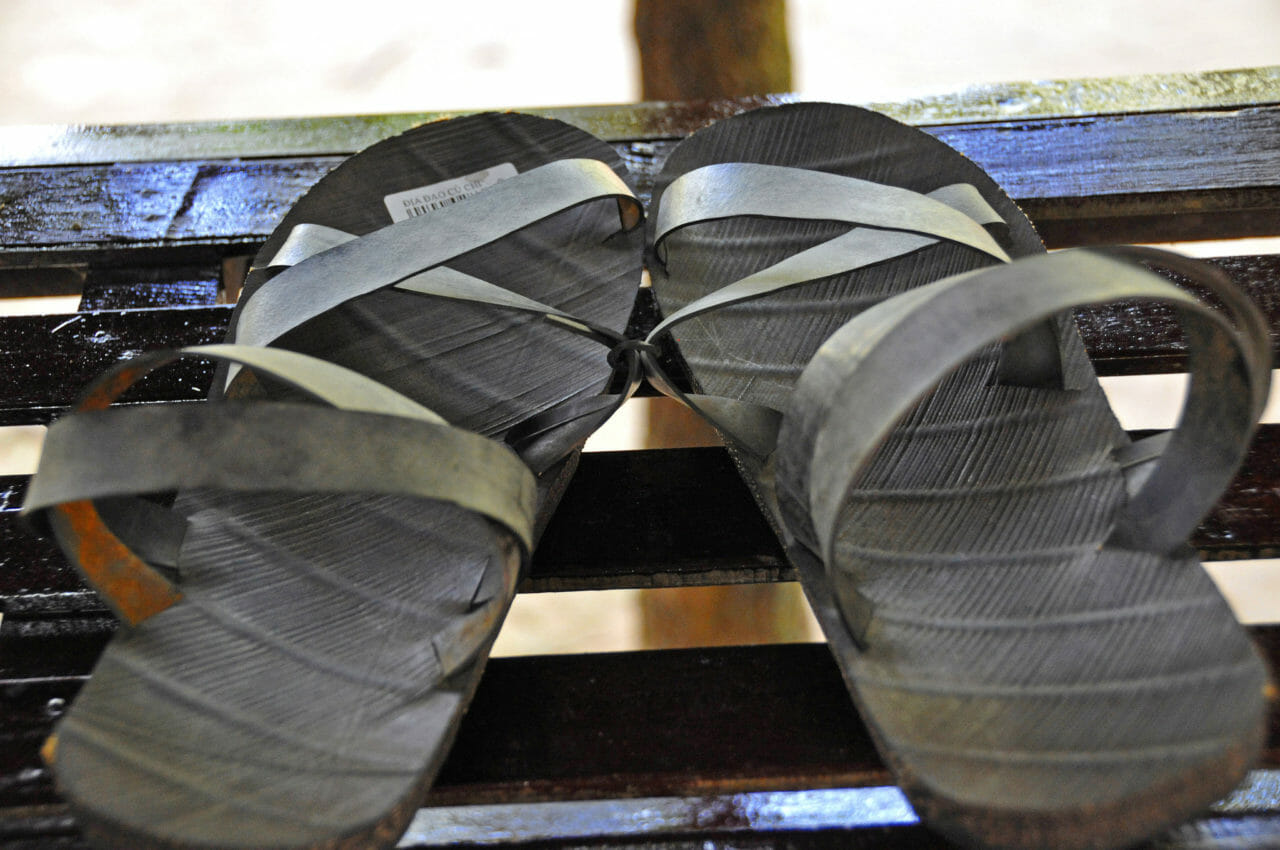Warmer weather generally means less clothing and a noticeable shift in footwear selection. Boots and other restrictive shoes necessary for the winter are quickly being replaced with sandals and sneakers as people embrace being outside with the approach of summer.
Comfortable as they may be, incorrect or prolonged use of sandals and other unsupportive footwear can lead to painful problems with foot stability and may exacerbate a tendency called overpronation.
Pronation is a normal part of running and walking that helps the foot absorb shock and adapt to uneven surfaces. If the foot rolls too far inward, however, that’s called overpronating, which can cause problems throughout the rest of the body since the foot isn’t properly absorbing shock and passes it on to other regions.
Nearly 80% of the population overpronates to some degree, and people with flat feet, low arches or overly flexible arches are more likely to do so. Overpronation can degrade performance and lead to a host of problems like shin splints, tendinitis, stress fractures and knee pain.
Most sandals aren’t designed for extensive walking since they lack sufficient arch support, heel cushioning and shock absorption. Wearing the wrong sandals for extended periods of time can thus make overpronation worse by providing less support and increasing pain in the foot and elsewhere.
But by being smart about footwear selection, you can increase foot stability and control overpronation. Keep these points in mind to help treat your feet properly:
- For runners that overpronate, make sure your shoes are suited to your tendencies and get fitted at a running store if you are uncertain
- Any time you’re walking for long distances, wear appropriate footwear and don’t use sandals unless they are made for walking
- These types of sandals should be designed to control for pronation with an adequate support system and straps that can be adjusted to your foot
- Flimsy, old or worn-out sandals should be avoided entirely if possible
- Try spending a lot of time walking barefoot, which will help coordinate a muscular response in the foot that will help better control pronation
- Stand on one leg and do squats, heel raises, balance and reach exercises
Physical Therapists at Dynamic Sports Physical Therapy in New York City are glad to provide you with exercises and additional advice on how to control overpronation with smart footwear selections. Call 212-317-8303 for more information or to schedule an appointment, and click the following links for visual examples of overpronation and supination, or underpronation.

